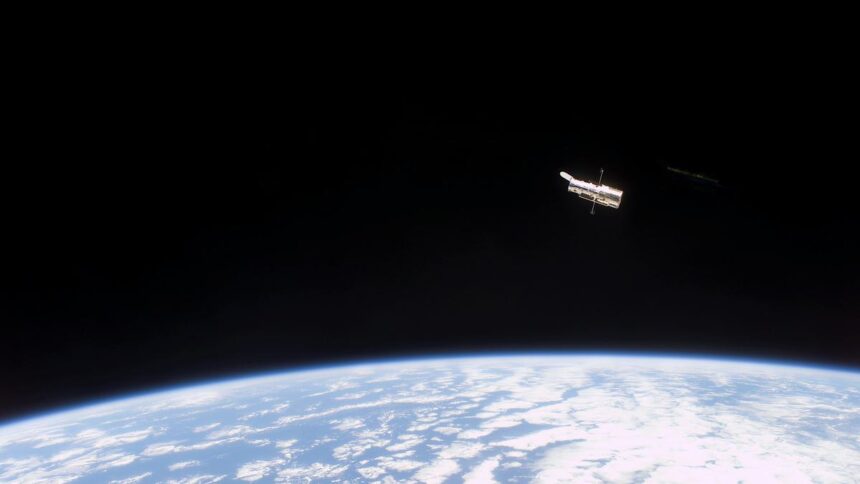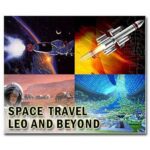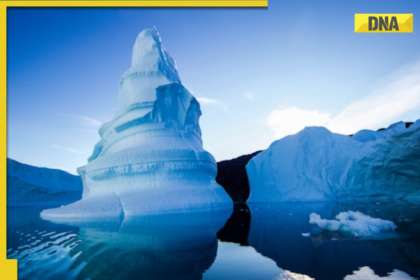Hubble Space Telescope: 35 Years of Unveiling the Universe
The Hubble Space Telescope (HST) has been a beacon of discovery for over three decades, revolutionizing our understanding of the cosmos. Launched on April 24, 1990, the HST has captured breathtaking images and made groundbreaking discoveries about the universe’s expansion.
A Milestone in Space Exploration
The HST, named after astronomer Edwin Hubble, was a collaborative effort involving NASA, the European Space Agency, and 20 companies, universities, and institutions. Initially scheduled for launch in 1986, it was delayed until 1990 due to technical difficulties and the Space Shuttle Challenger disaster.
Key Components and Innovations
The HST features two cameras: the Wide-Field and Planetary Camera (WFPC) and the Faint Object Camera. It also includes two spectrographs: the Goddard High-Resolution Spectrograph (GHRS) and the Faint Object Spectrograph (FOS). A high-speed photometer detects light from high-energy sources, and three fine-guidance sensors made precise measurements of celestial objects.
Early Challenges and Solutions
The HST’s first images were blurred due to a flawed primary mirror. NASA and the European Space Agency collaborated to develop the COSTAR corrective device, a series of smaller mirrors, to compensate for the primary mirror’s defect. Astronauts in 1993 implemented this fix, removing the high-speed photometer and replacing the WFPC with the WFPC 2.
Continued Contributions
The HST has observed almost 52,000 stellar objects in 1.6 million observations since launch. Its data has been crucial in estimating the universe’s age, revealing that it is around 13.8 billion years old. The telescope has also helped create a 3D map of dark matter and discovered two additional moons of Pluto (Nix and Hydra).
Exoplanet Studies
The HST has studied the atmosphere of an exoplanet, HD 209458-b, located 150 light-years away. This hot world has a surface temperature of around 1,100°C and is within 6.4 million km of its host star.
Legacy and Future
The HST has consistently delivered over 35 years, continuing to unveil new worlds in the cosmos. Astronomers celebrated its 35th anniversary with a stunning image of NGC 1333, a star-forming area in the Perseus molecular cloud.
The HST’s contributions to our understanding of the universe are immeasurable. Every pixel of its images has revealed new worlds, helping us understand our place in the cosmos.








